|
What does a French winemaker have in common with Havana, Cuba? And how did I end up at a Cuban restaurant tasting some extraordinary wines from the Languedoc-Roussillon region of France. It seems that Stephane Kandler, owner of Château Tourril has a passion for wine, cigars, the sea and the mystique of Cuba. Having named a few of his wines honoring these passions, Havana Central Times Square Restaurant in NYC. was the perfect choice for Stephane along with Loubaton Imports and Sud de France to host a Havana-themed wine tasting and luncheon. Château Tourril is located in the commune of Roubia on a 13-hectare family vineyard in the Languedoc-Roussillon region between the famous city of Carcassonne and the Canal du Midi, in the south of France. At the origin of the Château is an ancient gallo-roman signal tower that sits on top of the estate for which the Château is named. “Tower” in French is “tour”. The vineyard is enclosed in a clay-limestone corrie surrounded by garrigue (scrubland) that acts as a barrier, protecting the vines against winds and frost. See slide show below. Château Tourril only produces wine from the AOC Minervois appellation. The grapes are harvested from Syrah, Cinsault, 100-year-old Carignan, Grenache and Roussanne vines. The entire production process takes place at the Château using modern winemaking technology. After the 2016 harvest, they made the move to certified AB organic production. Their first full organic AOC Minervois Harvest was in 2017. This year Château Tourril will be celebrating its 20th anniversary. Stephane Kandler, owner and second generation, took control of the family business three years ago after spending twenty years as a professional sailor competing in the America’s Cup. In Stephane’s words “I was mainly on the sea with salt and water. Three years ago I decided to pack my bags and go back on land. I decided to take over the family business. We started 3 years ago with a goal to become a prominent Languedoc estate, increasing quality of wine and vineyards going organic. Good for nature, the land and soil.” We tasted four Tourril wines at the event; all of them were of good quality and quite expressive. We started with the AOC Minervois Rosé 2016 Havana. The name “Havana” was given to the Rosé because it makes one think of parties, sun and warm weather. The blend is 70% Cinsault and 30% Grenache. Having reviewed the 2015 Havana Rosé on 8/13/16, I was looking forward to trying the 2016. I was not disappointed! The color is pale strawberry with aromas of fresh fruit and hints of citrus. The palate offers cherry, citrus and lots of freshness, balanced with a smooth and zesty finish. A “playful” rosé for sure! Alcohol: 12.5% SRP: $14 The AOC Minervois White Helios 2016 is 100% Roussanne. The color is pale yellow with wonderful aromas of fresh flowers, pears and herbs. The palate is rich and silky with layers of perfume, fruit, hints of peach and vanilla. Smooth, balanced and dry! Alcohol: 13% SRP: $20 The AOC Minervois Red Philippe 2011 is a lovely blend of 40% Carignan, 30% Grenache Noir and 30% Syrah. The color is royal ruby with heady aromas of dark fruit, cherry and spice. This is a full-bodied wine that layers the palate with blackberries, currants, plums and a hint of pepper. Smooth tannins and long finish give this wine richness. Alcohol: 13% SRP: $18 The AOC Minervois Red Panatella 2011 is a beautiful blend of 80% Syrah and 20% Grenache. And of course, the wine is named after the Cuban cigar! This was definitely one of my favorites. The color is dark purple with luscious aromas of dark berries, spice and herbs. This is a full-bodied wine with so much character! The palate is silky smooth with dark fruit, anise, spice, tobacco and a smokiness that lingers on the finish. Well done! Alcohol: 13.5% SRP $20 In January 2017 Château Tourril launched a program in support of local economy and disadvantaged people. KuB© is an eco-friendly rechargeable wooden box that contains a 3 liter Bag In Box. The wood is obtained from sustainably managed forests and the boxes are manufactured locally by a specialized institution that helps disabled people. The design is clever because the box can also be used as a birdhouse without any modification. Pretty awesome! And what would a Havana themed tasting be without hand rolled cigars! Château Tourril wines are elegant and versatile for drinking as aperitifs or pairing with foods. Take a look at their website at: http://www.chateautourril.fr
Cheers! Penina To leave a comment or if you have an inquiry, please contact me at [email protected] 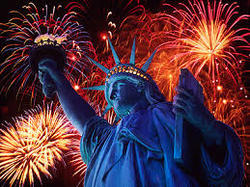 It’s the start of the Fourth of July weekend celebrations, which will continue at least through the actual Fourth of July on Tuesday. There will be picnics, parties and fireworks galore! I will be kicking off the celebration with a bottle of Michel Chapoutier’s 2016 Les Vignes de Bila-Haut Pays d’Oc Rosé. If you have been following my stories, you might recall that I tasted and reviewed a 2015 Domaine de Bila-Haut “Les Vignes” Rouge and “Les Vignes” Blanc this past October. If not, let me give you a synopsis of Domaine Bila-Haut and winemaker, Michel Chapoutier. 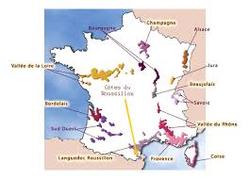 Domaine Bila-Haut is located in the region of Côtes de Roussillon, Languedoc, a wine region known for making top quality wines. It is in Southwest France, and very close to Spain. Michel Chapoutier is head of Maison M. Chapoutier. He is world-renowned and is one of Rhône’s most famous wine producers of Hermitage, Chateaneuf du Pape and Côte Rôtie to name just a few. He purchased the 190-acre Domaine Bila-Haut in 1999. It was a neglected property but showed promise with the land being a mix of schist, gneiss and clay. With Chapoutier’s knowledge, expertise and passion along with the climate of the Mediterranean, he turned the land into a perfect growing environment for Syrah, Grenache and Carignan. Bila-Haut wines reflect all of this. It is interesting to note that Bila-Haut was once a house of refuge for the Knights of Templar and their cross is used as the logo on Bila-Haut labels. Michel Chapoutier wanted to create a perfectly styled Rosé, so he changed the percentage of grape varieties (called cépage) in the wine to include Grenache and Syrah. The 2016 Les Vignes de Bila-Haut Pays d’Oc Rosé is a blend of 78% Grenache, 14% Cinsault and 8% Syrah. The color is a rich salmon with aromas of rose, peony and red berries with a whisper of orange. The palate is deliciously layered with juicy notes of strawberry, cherry and a hint of herbs. The finish offers lingering notes of citrus. This is a dry, refreshing, crisp wine that is beautifully balanced. Serve as an aperitif or with seafood, light pastas, cheese and fruit. Great value for the quality of this wine! Alcohol: 13% SRP: $15 I’ll be back next week! Have a wonderful holiday celebration! Happy Saturday!
Cheers! Penina To leave a comment or if you have an inquiry, please contact me at [email protected]  The summer solstice is upon us. And what better way to welcome the longest day of the year than with some wine from the Côtes-du-Rhône. The Côtes-du-Rhône vineyards, located in Southern France, extend from Vienne to Avignon and include 171 vineyards. The region enjoys a Mediterranean climate conducive to grape growing that also reflects in the characteristics of the wine. Ferraton Père & Fils estate is located in Tain l’Hermitage and was founded in 1946 by Jean Orëns Ferraton. His son Michel, inheriting the same passion as his father, introduced the first Hermitage, Crozes-Hermitage and Saint-Joseph wines to the world. Michel Chapoutier, a highly regarded winemaker and close friend of the Ferratons’ introduced organic viticulture to the vineyards in 1998 and he eventually formed a partnership with the Ferratons. By 2000, all of the vineyards were converted to biodynamic farming and are now certified organic. What began in 1946 as a .3 hectare estate (some of these vines still produce fruit), Ferraton now has an annual production of about 350,000 bottles. The Samorëns Blanc 2016 is a beautiful blend of 35% Roussanne, 30% Viognier, 25% Grenache Blanc, 5% Clairette and 5% Marsanne. The color is pale straw with a floral and stone fruit bouquet. The palate offers citrus, pear and apple. This medium-bodied wine is fresh and nicely balanced with a crisp floral finish. Drink as an aperitif or with light summer fare. Alcohol: 13.5% SRP: $14 The 2016 Samorëns Rosé is made with 50% Grenache, 30% Syrah and 20% Cinsault. The color is a festive salmon pink with subtle aromas of flowers, red berries, peach and melon. The palate is soft and subtle as well, offering stone fruit, watermelon and hints of citrus zest and vanilla on the finish. This is a perfect sunset rosé!
Alcohol: 13.5% SRP: $14 These are fun wines to drink over the summer…and summer is here!! Happy Wine Wednesday! Cheers! Penina To leave a comment or if you have an inquiry, please contact me at [email protected] I’ve been busy packing up my “wine cellar” to move it to a new location. In the process, I stumbled upon a 1967 Château Léoville-Las Cases ‘Grand Vin de Leoville’ from Saint-Julien, Bordeaux, France. This fine bottle of red Bordeaux blend is classified as one of fifteen Second Growths in the original Bordeaux Wine Official Classification of 1855. I have no idea how I came by this! 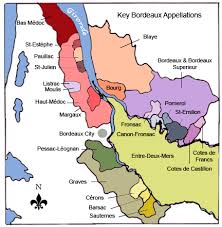 Château Léoville-Las Cases is located in Saint Julien-Beychevelle next door to Château Latour. It is one of the oldest Médoc estates that once upon a time belonged to some of the most influential and wealthiest noble French families, prior to being purchased by the Las Cases family. As a result of the French Revolution, the estate was split up at some point between 1826 and 1840 creating Château Léoville-Las Cases. The estate is considered to be large according to Bordeaux standards enveloping 240 acres of vineyards. Saint-Julien is the smallest of the four main Médoc appellations with 2,175 acres of vineyards on the left bank of Gironde. The vineyards are planted with 65% Cabernet Sauvignon, 19% Merlot, 13% Cabernet Franc and 3% Petit Verdot. 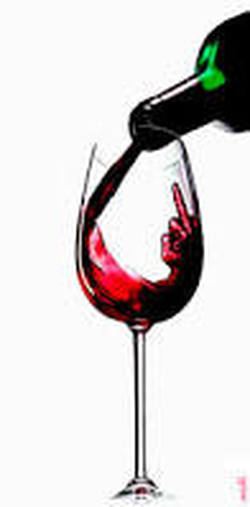 I have much more to tell you about the family history, terroir, and current management of Château Léoville-Las Cases, but my story stops here for now. When the appropriate time comes, I will uncork this bottle and share the rest of the story along with my tasting notes. The wine is long past peak, but I’ve had a few vintage Bordeaux lately that have pleasantly surprised me! What’s in your wine glass this Wednesday?
Cheers! Penina To leave a comment or if you have an inquiry, please contact me at [email protected] 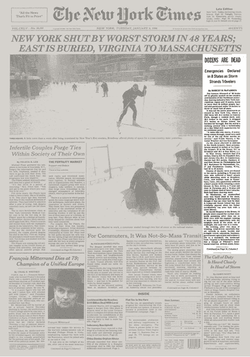 As I sit here waiting for “Blizzard Stella” to arrive, I’m reminded of another blizzard that took New York by “storm” in 1996 and dumped over 22 inches of snow. The Blizzard of 96’ has the distinction of being included in the list of the 10 biggest snowstorms in NYC history! Will “Stella” make this list? It certainly could according to the latest snowfall predictions! And speaking of lists, the 1996 Chateau Pavie Macquin, Saint-Emilion Grand Cru is included in the list of best vintages of this Chateau. And one can truly understand why. This is an amazing wine and I express gratitude to my friend who shared it with me. Chateau Pavie Macquin is located in Saint-Émilion on the right bank of Bordeaux. Agricultural engineer Albert Macquin purchased the Chateau in 1887. Macquin is known for producing more than a million plants that were less susceptible to chlorosis and who is at the origin of using the grafted plant to help eradicate the phylloxera epidemic, saving his vineyard as well as the entire Bordeaux region! He also developed scientific vine plot monitoring. Albert’s three grandchildren and great grandchildren now own the chateau. This Bordeaux blend is Merlot dominant with 25% Cabernet Franc. We decanted the wine, but didn’t wait to start enjoying it. As a rule Bordeaux wines reach their peak 10 to 12 years following the vintage. After 21 years in the bottle, this wine drank beautifully! It still had a lot of character and intensity. Aromas of dark fruit, cherry and hints of spice were present. The palate offered rich black fruit, spice and silky tannins. The finish was long. Although the wine had lost some of its complexity, it was still an impressive pour. http://www.pavie-macquin.com As I watch Blizzard Stella roar through here tomorrow, I’ll be reveling in the winter wonderland from my sofa with a snifter of cognac, a roaring fire and a good book! Happy Monday!
Cheers! Penina To leave a comment or if you have an inquiry, please contact me at [email protected] 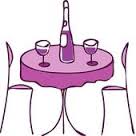 My weekend started with a visit to a friend’s home for wine, appetizers and of course some fun “catch up” talk and laughter. Being the perfect hostess that she always is, there was an assortment of wine chilling in the refrigerator as well as an abundance of reds to choose from. The choice was mine, so I opted for the William Fevre 'Champs Royaux' Chablis 2015. 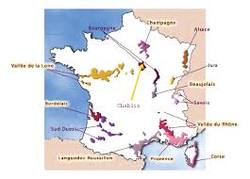 Chablis region is an historic wine-producing town located in the northernmost wine district of Burgundy, France. The Chablis wine region runs along the Serein valley and across 19 communes. Chablis is called the “Golden Gate of Burgundy”. These are not typical Burgundy white wines. Due to Chablis cooler climates, the wines are lighter, less fruity and have more acidity than the warmer Chardonnay producing wine regions. Most of the terroir is limestone and clay soils, rich with fossils and oysters. William Fèvre is descended from a family that dates back to living in Chablis for over 250 years. Following in his father’s footsteps and with 7 hectares of vineyards, Fèvre began making wine in 1959. Today, the estate is owned by the Henriot family of Champagne and boasts 78 hectares of vineyards. It is one of the largest in Chablis of which 15.9 are classified as Premiers Crus and 15.2 as Grand Crus. “Practicing sustainable growing in its vineyards for nearly 12 years now, Domaine William Fèvre has just obtained “High Environmental Value” (HVE) status, the highest level of environmental certification (February 2015).” https://www.williamfevre.fr/en The 'Champs Royaux' Chablis 2015 was chilled to perfection. The color is pale lemon with subtle floral, citrus and white peach aromas. This is a light-bodied wine with crisp acidity and mineral notes, offering fresh fruit and citrus on the palate. The wine paired beautifully with the array of appetizers! Happy Saturday!
Cheers! Penina To leave a comment or if you have an inquiry, please contact me at [email protected]  It’s Super Bowl weekend and the parties have already started. 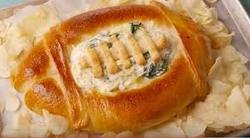 For the past two weeks recipe suggestions for the big day have inundated my Facebook, Twitter and Instagram accounts. Some of the recipes are quite impressive and unique ranging from simple fare to “food” footballs. Just google “recipes for Super Bowl” and be prepared to click on hundreds of links! 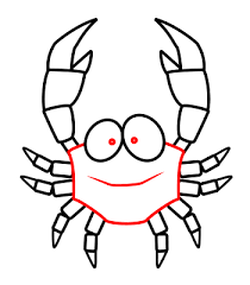 Since I will be attending a Super Bowl party, my only preparation this year will be bringing my famous and delicious warm Crabmeat Dip. If you would like the recipe, please email me. Everyone seems to have an opinion as to the appropriate wine one should open for Super Bowl night. As far as I’m concerned, the only thing that matters is that you enjoy what you open. And I personally think that any wine goes with football! In fact, maybe wine isn’t the answer. Perhaps your “go to” drink might be vodka, scotch, beer, cognac, soda or juice! I plan on bringing a bottle of 2014 Domaine Dutron Pere et Fils Saint- Véran, a lovely white Burgundy produced in the southernmost appellation of the Mâconnais region of Burgundy. The wine should pair nicely with the crab dip. Whatever you eat or drink, enjoy the game! I hope your team wins!
Cheers! Penina 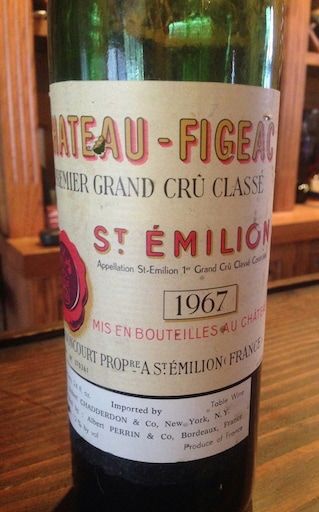 Yesterday’s post ended with a little history of Chateau Figeac and today’s post will begin with some history of Chateau Haut-Brion. As promised, I have a story to tell. Over the years I have tasted Chateau Haut-Brion 59’ 69’ 81’ 94’ and most recently a 61’. I have reviewed most of these vintages on previous posts along with some history. At the risk of being redundant, I felt that after drinking the 61’, we should all be reminded of whence it came. So here is part of a post from September 2015 with additional information added to it. Chateau Haut-Brion, a Premier Cru Classé First Growth) is produced in Pessac located just outside the city of Bordeaux. Of the five first growths, it is the only wine with the Pessac-Léognan appellation. It also has one of the longest histories of any Bordeaux wine chateau and has been growing grapes to produce Bordeaux wine for almost 600 years! Haut-Brion is the earliest identified first growth that was included in the official 1855 Classification. The name is derived from the Celtic term “Briga”, meaning a rise or mount in the land. When Jean de Pontac married Jeanne de Bellon in 1525, she brought the first portion of the Bordeaux wine property called Haut-Brion as a dowry. Pontac bought the title to the domain of Haut-Brion in 1553 and continued to expand and improve the property. Pontac died at the age of 101, having married twice more, siring 15 children and ensuring a legacy for generations to come. In 1801,Haut-Brion was sold to Talleyrand, Prince of Benevento making him the first “non-family” to own Chateau Haut-Brion. In 1935, Clarence Dillon, an American financier bought the Château. Today, Dillon’s granddaughter, Joan Dillon is head of the Chateau. The first official review of Chateau Haut-Brion wine and any wine ever came from Samuel Pepys on April 10th, 1663. He wrote, “There I drank a sort of French wine called Ho-Bryan that hath a good and most particular taste I never met with.” An interesting wine review! Chateau Haut-Brion was one of the first Bordeaux châteaux to begin using stainless steel vats for vinification in 1961. Double skinned, stainless steel vats were introduced at the Chateau in 1991. The wine is aged in up to 100% new French oak for about 24 months. The blending takes place just after fermentation is finished and prior to the oak barrel aging process begins. The best vintages for the red wine of Château Haut-Brion are: 2012, 2010, 2009, 2008, 2006, 2005, 2000, 1998, 1996, 1995, 1990, 1989, 1985, 1982, 1961, 1959, 1955, 1953, 1950, 1949, 1948, 1947, 1945, 1934, 1929, 1928, 1926 and 1921. It is interesting to note that when Clarence Dillon bought the chateau, he hired Georges Delmas as the château's régisseur (director). And ever since then, a Delmas has remained as régisseur. In fact, the 61’ was the debut vintage for Jean-Bernard Delmas, son of Georges. So, without further ado, here is my review of the 1961 Chateau Haut-Brion. The cork was soft but came out easily. The wine was then poured into a decanter with surprisingly very little sediment. The color was deep garnet with fruity aromas that were indiscernible. A quick sip after decanting assured us that the wine was very drinkable. After thirty to forty minutes, the wine began to open. It was full bodied, had substance and was as smooth as silk. Over time, the palate offered a complex array of dark, sweet fruit with a smoky edge. The fruit continued to the very last sip. This was without a doubt a heavenly experience. I must confess that the Haut-Brion and 1975 Chateau Figeac were not stored in optimum conditions for the past thirty-one years and that is the only thing that these two Bordeaux have in common. Unfortunately, the Chateau Figeac when opened was the color of rust and undrinkable. However, the Haut-Brion has stood the test of time and less than favorable storage conditions. One should expect no less from a Premier Cru Classé First Growth! Cheers!
Penina 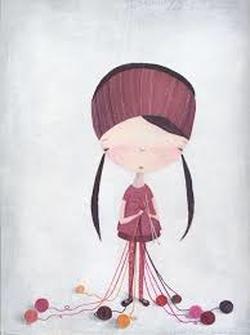 Since I launched TheWineKnitter in June of 2014, my posts were mainly focused on wine and knitting. As time went on I drifted away from “knitting” and became more engrossed in writing about wine, food and sometimes travel. Over the holidays, I began sorting through many knitting designs that I created and now feel the need to occasionally bring knitting back into play on my blog. 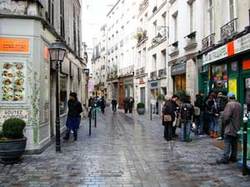 While visiting Paris a few years ago, I took myself on a walking tour of Le Marais which is an historic district in parts of the 3rd and 4th arrondissements. Amongst the historic buildings and beautiful architecture I stumbled upon a knitting shop. Of course I went in! Thirty minutes later, I departed the shop with a bag full of beautiful skeins of silk, cotton, linen and blends that I hadn’t seen in the US. It was the only purchase I made while in France! When I returned home from Paris, I immediately put my knitting needles to work. This “French” shawl is made of cotton, viscose and linen. The shawl is wrapped around a 1967 Chateau-Figeac and 1961 Chateau Haut-Brion. Both bottles of Bordeaux were opened a few weeks ago and each has a story to tell. Chateau-Figeac dates back to the 2nd century AD with the Figeacus family and is located in Saint-Emillion. The Manoncourt family acquired Chateau Figeac in1892. Chateau-Figeac became a First Great Classified Growth in 1955. Thierry Manoncourt created a unique grape composition of 30% Merlot, 35% Cabernet Franc and 35% Cabernet Sauvignon. He was dubbed “Pharaoh of Saint-Emillion” by the press in 1971. Although Thierry passed away in 2010, his wife and daughters, along with a highly skilled wine-growing team, carry on the tradition of wine making today.
Tomorrow I will continue my story of Chateau-Figeac and Chateau Haut-Brion and how they faired once opened! Have a great Wine Wednesday! 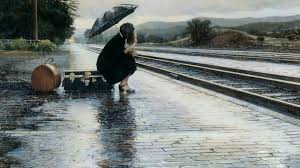 Best laid plans often go awry. Without going into detail, I missed my train to the Wines of Portugal event yesterday. However, I have lots of information about these delicious wines from my attendance at the event last year. If you haven’t already read them, here are the links to previous posts about wines of Portugal. http://thewineknitter.com/1/post/2015/10/day-360-wines-of-portugal.html http://thewineknitter.com/1/post/2015/10/day-361-more-wines-of-portugal.html http://thewineknitter.com/1/post/2015/10/day-371.html 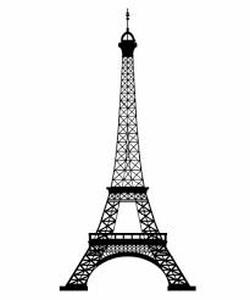 So, instead of spending an afternoon in Portugal, I ended up in France! Lunching with a good friend in a cozy and authentic French bistro was the cure-all for a rainy day. We leisurely sipped on Philippe Prié ‘Depuis 1737’ Brut Tradition Champagne while catching up on life. Maison Philippe Prié is located in the heart of the Côte des Bar in the south of the Champagne region. They have been producing wines since 1737. All of their vintages are a blend of Chardonnay (giving it elegance and grace) and Pinot Noir (adding impressive structure). The 30 year-old vines are grown in clay and limestone soils. This particular blend is 80% Pinot Noir and 20% Chardonnay. This is a light but beautifully textured champagne. Invitingly aromatic with fine bubbles, the palate is entertained with tart apples, citrus, peaches, floral and a hint of honeysuckle on the finish. It is crisp and clean with a creamy mouth-feel. I am definitely adding this to my holiday list! Happy Friday!
Cheers! Penina |
Categories
All
|

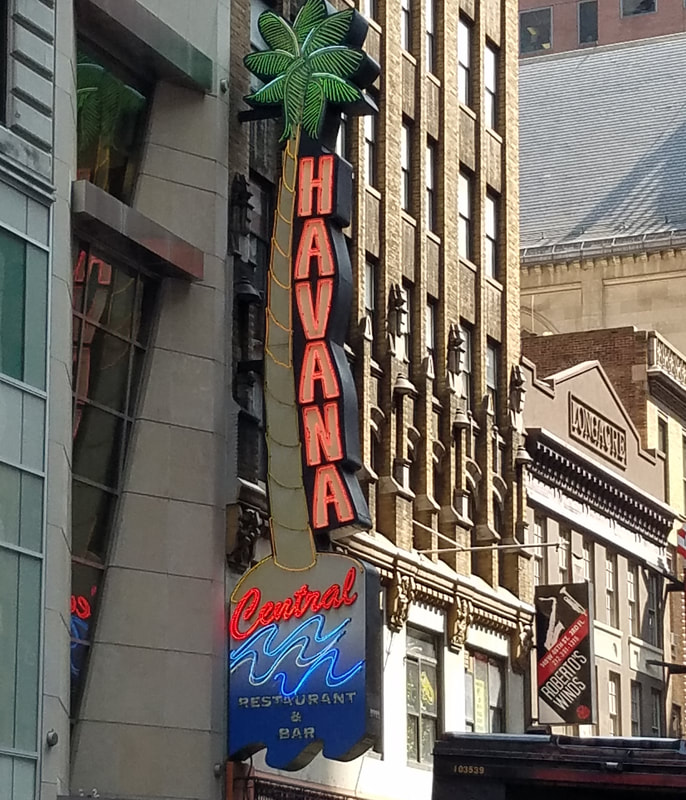
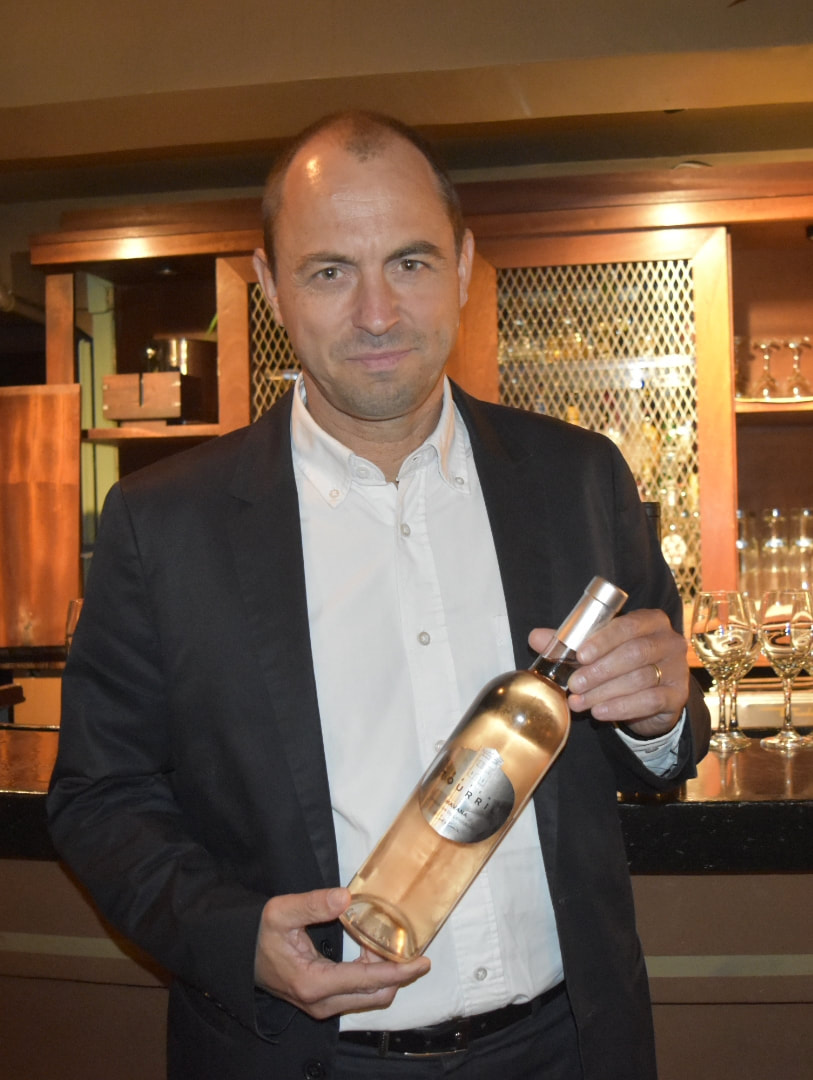
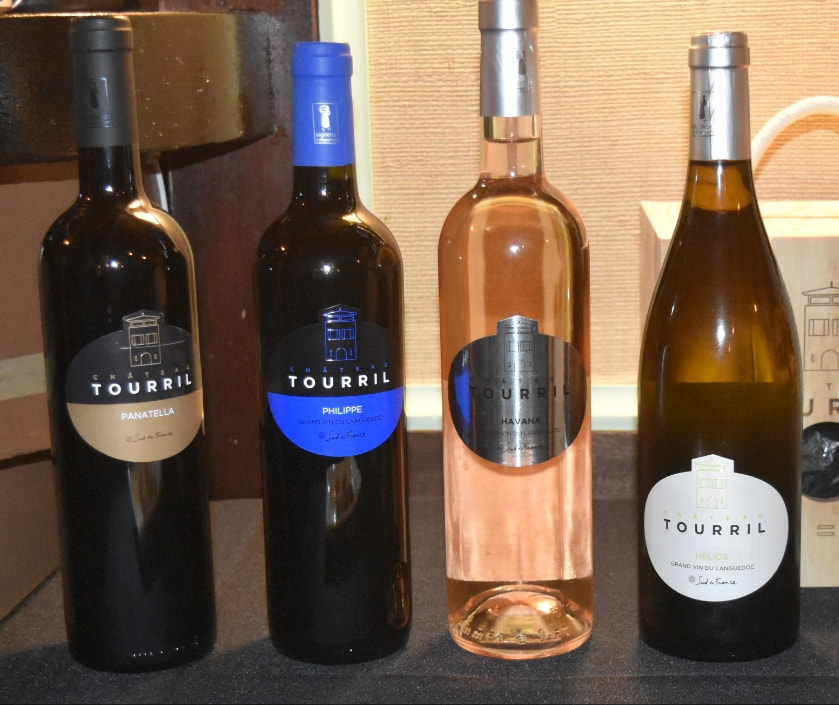
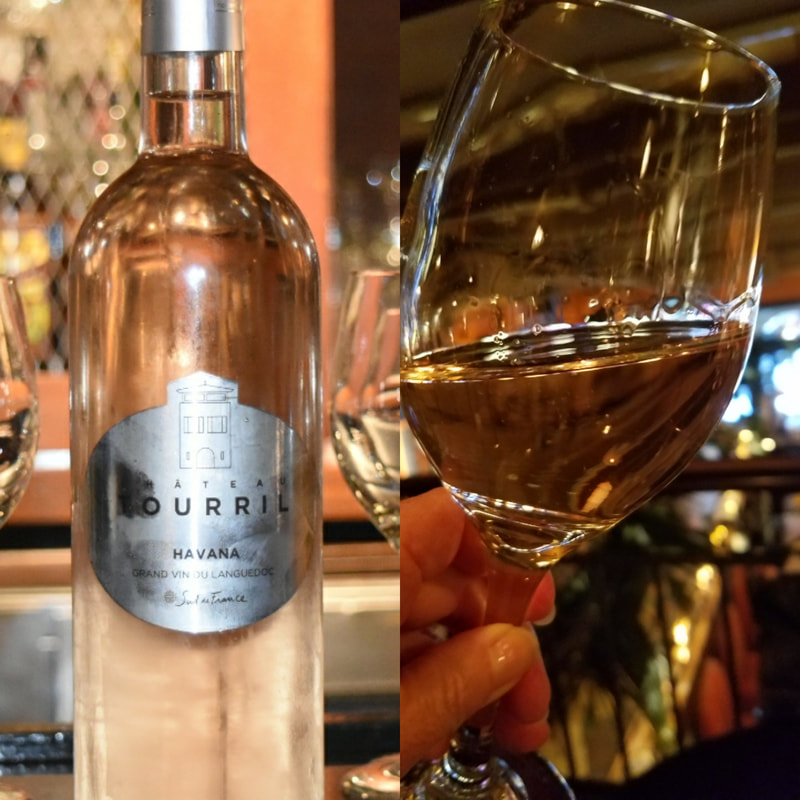
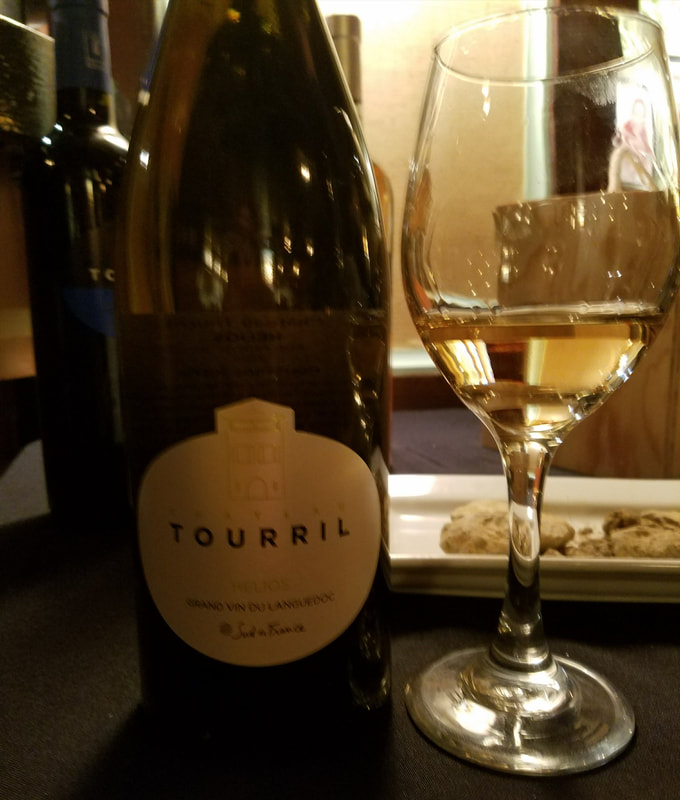
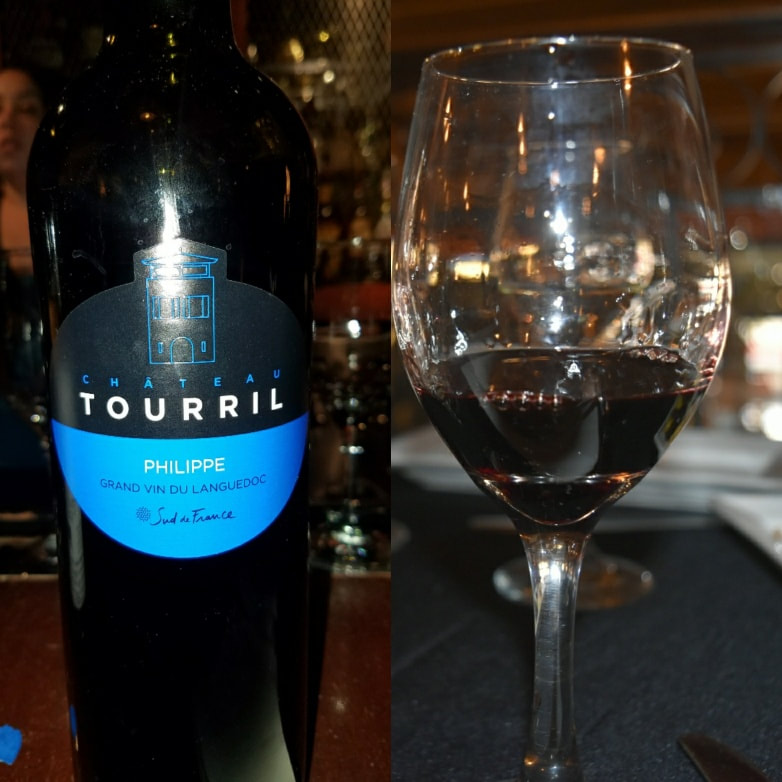
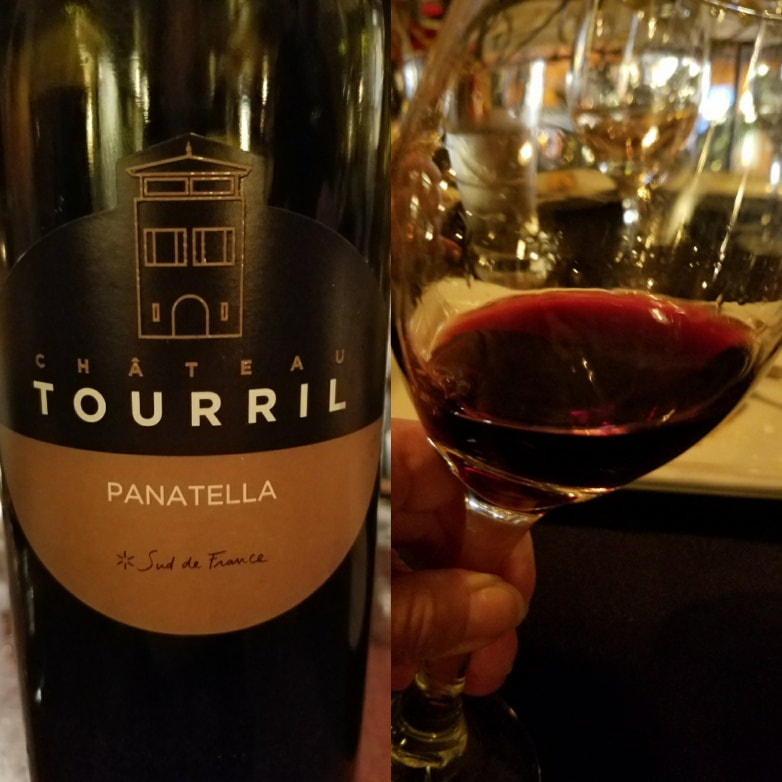
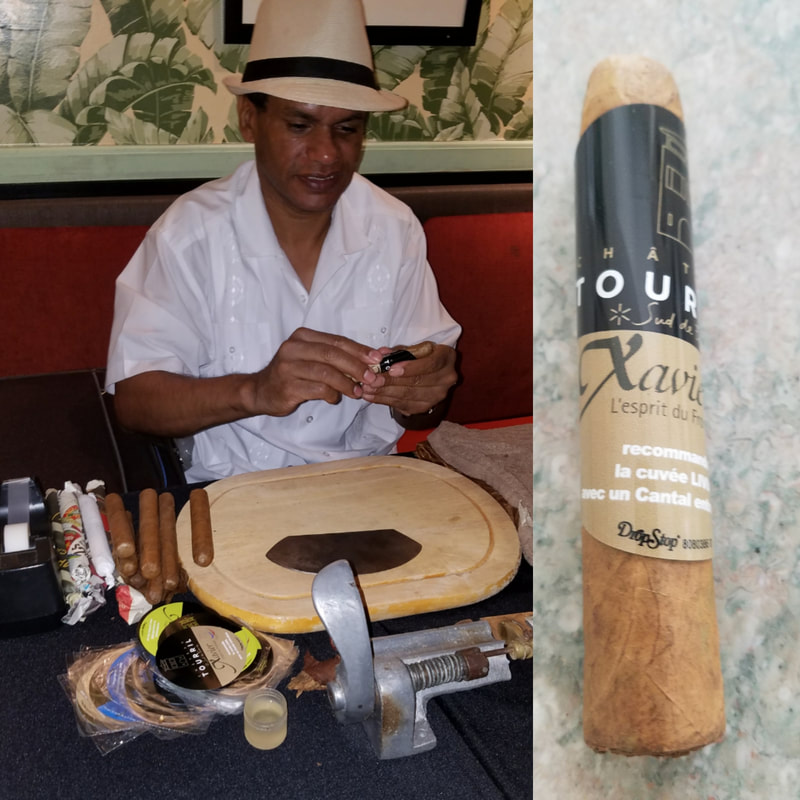
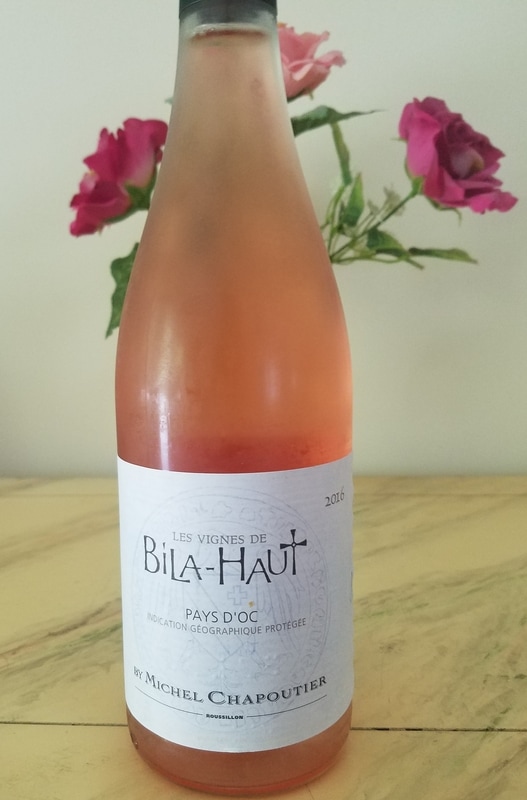
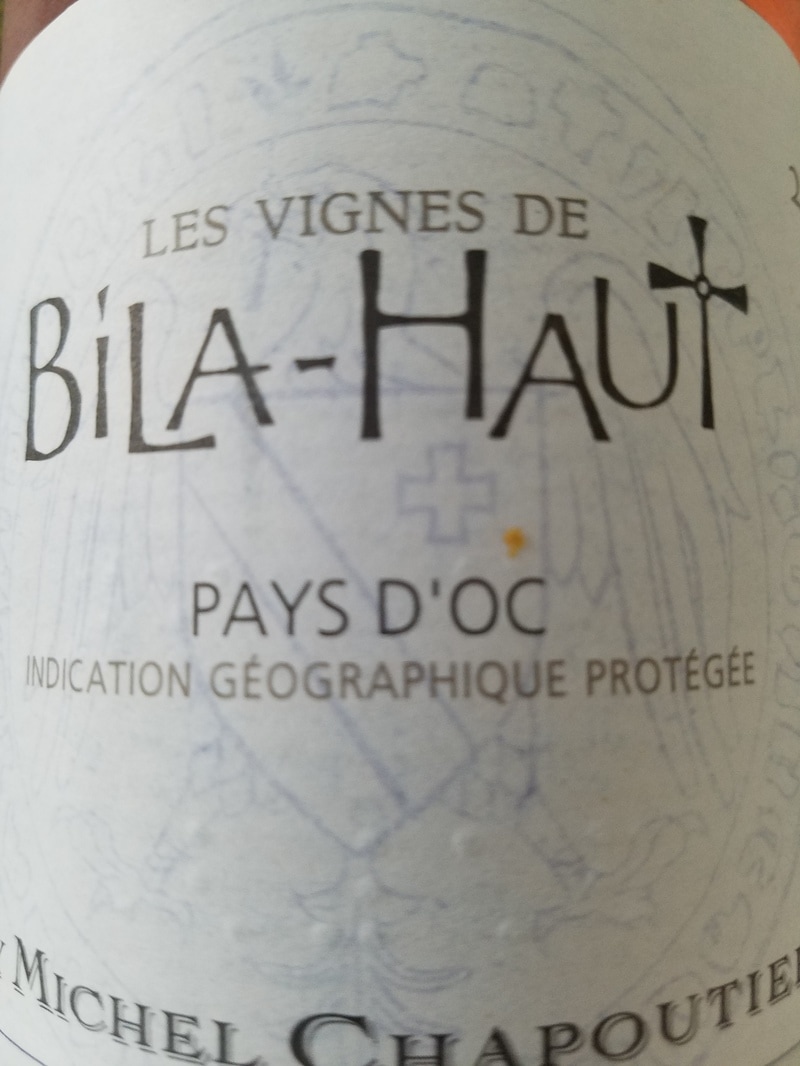

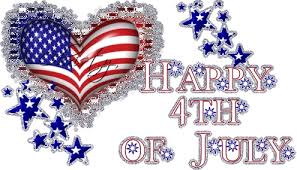
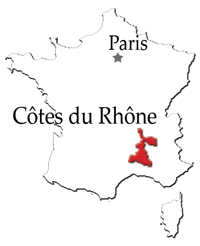
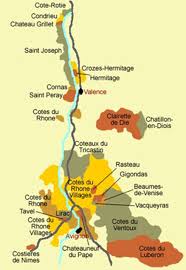
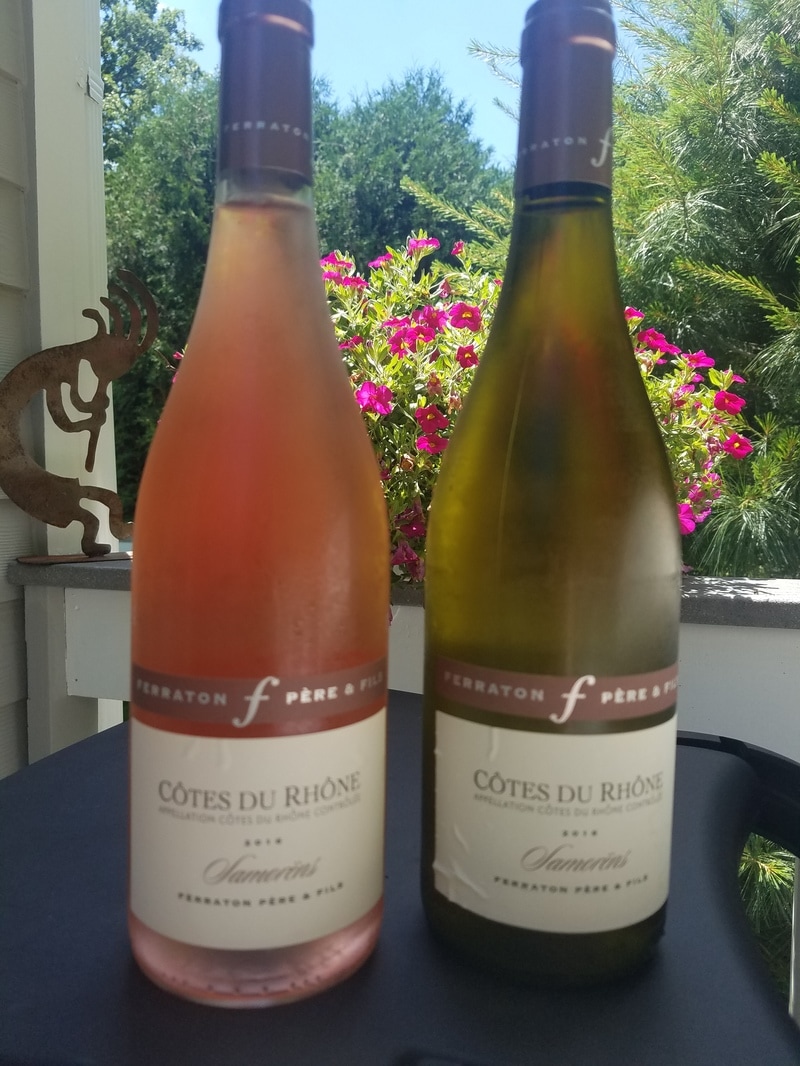
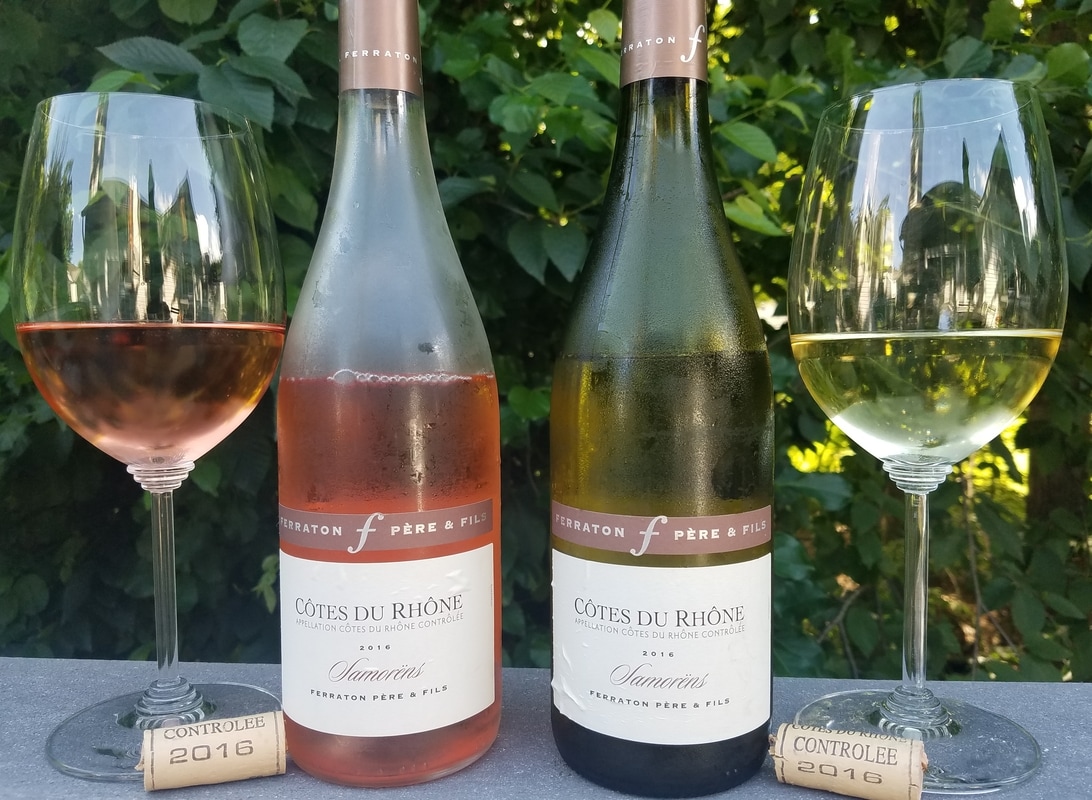
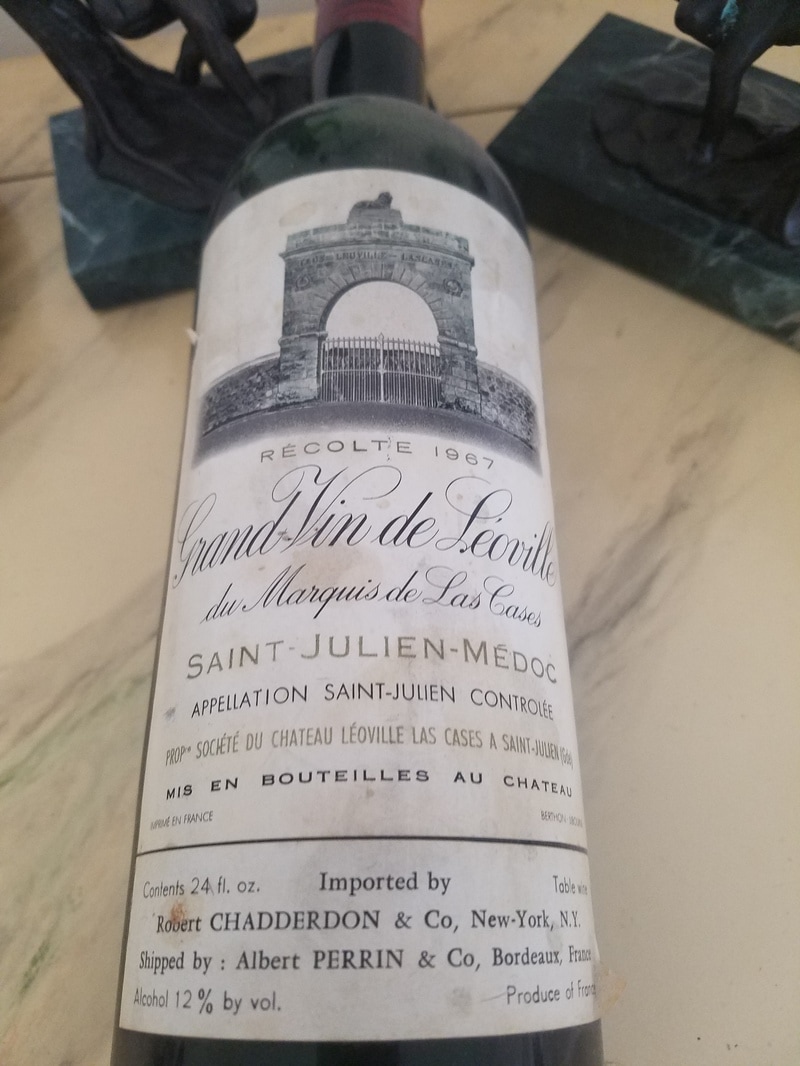
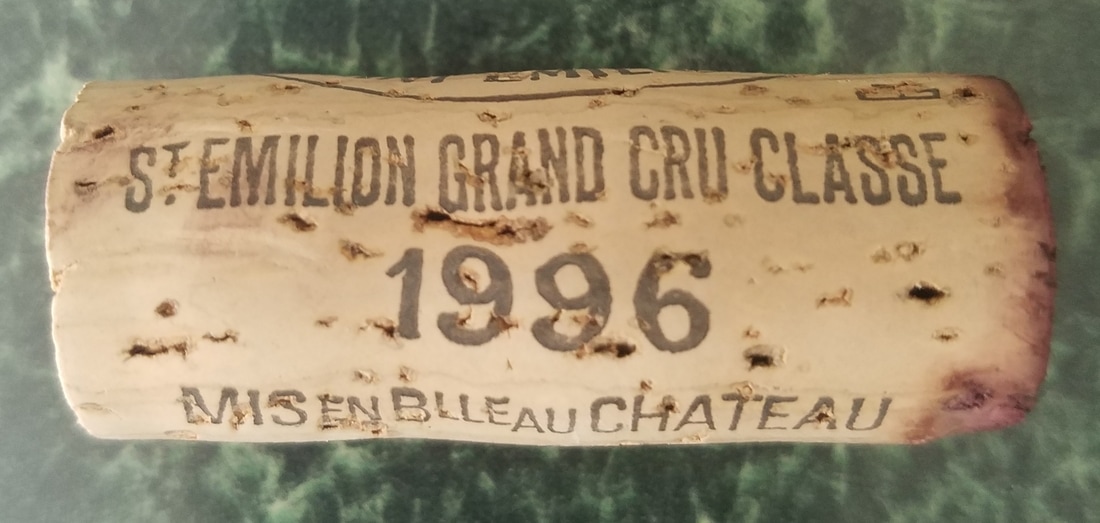
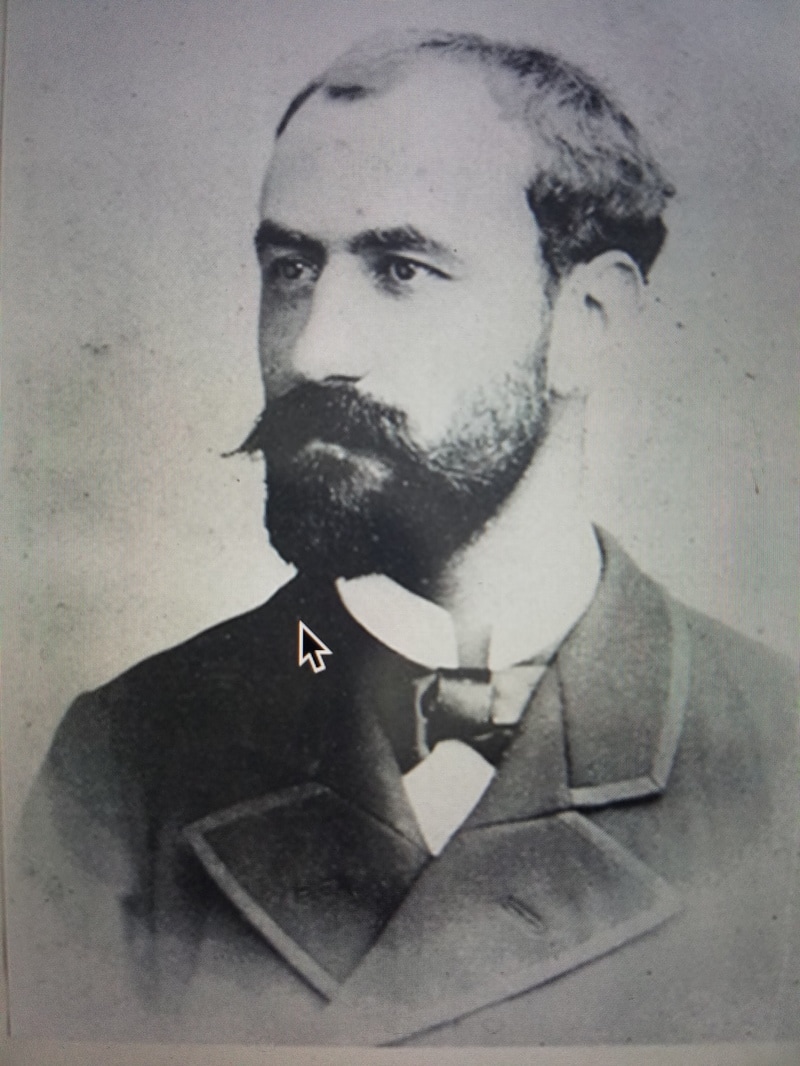
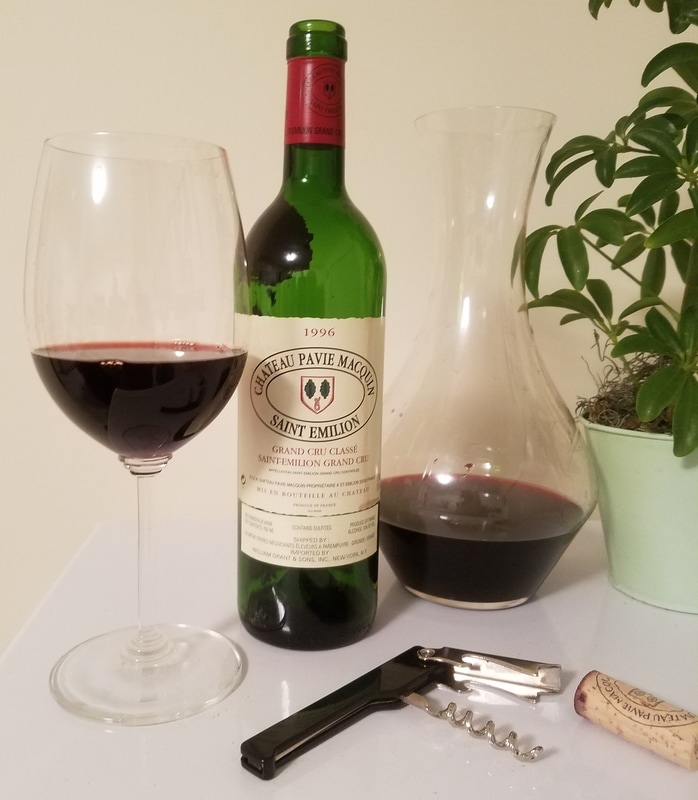
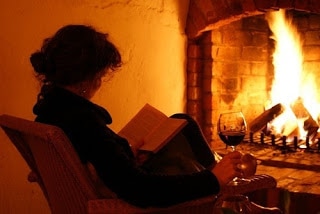
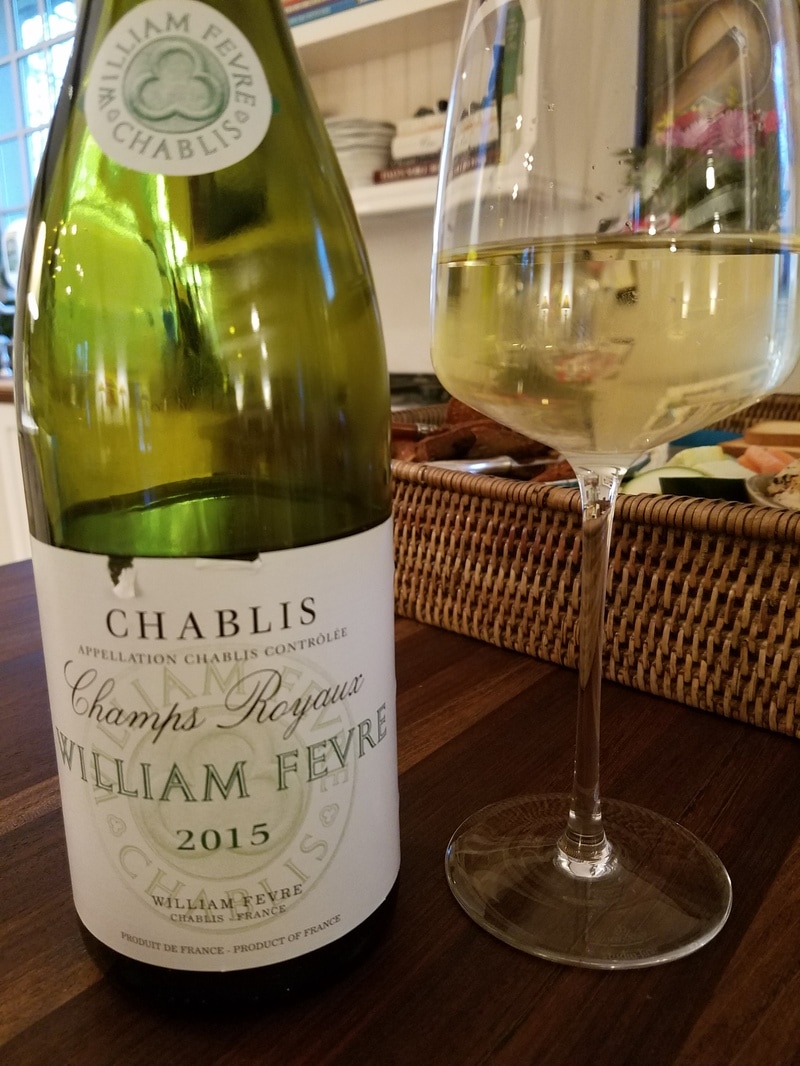
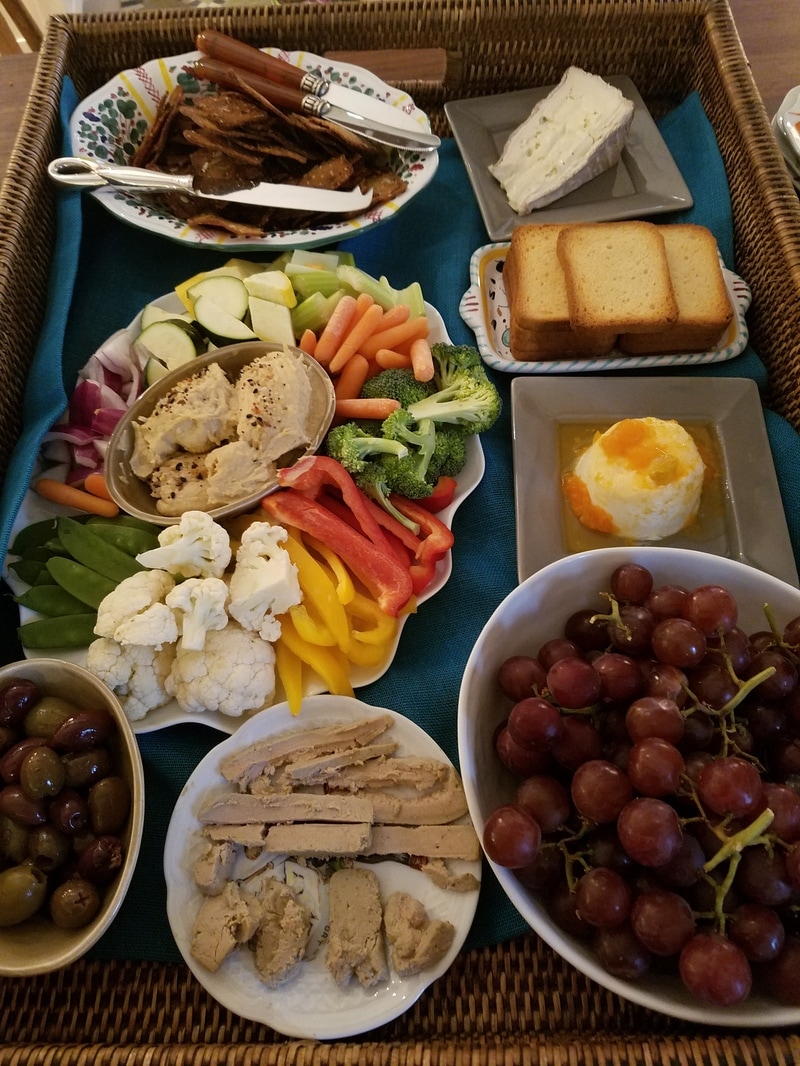

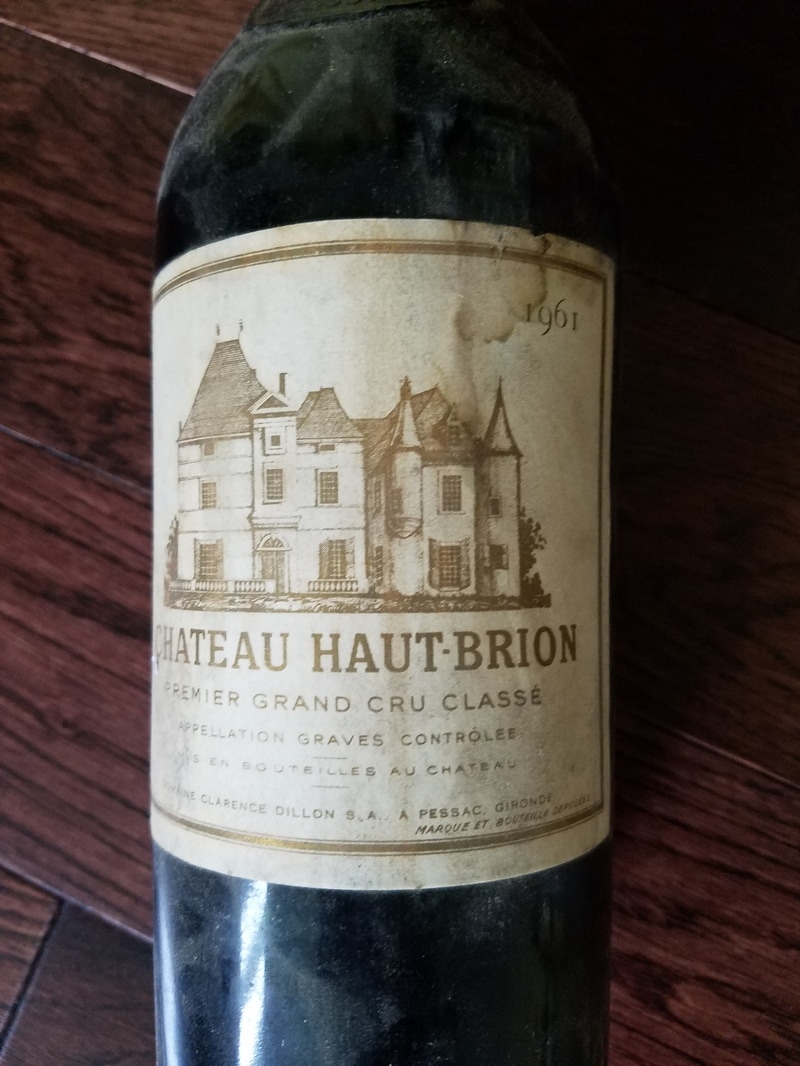
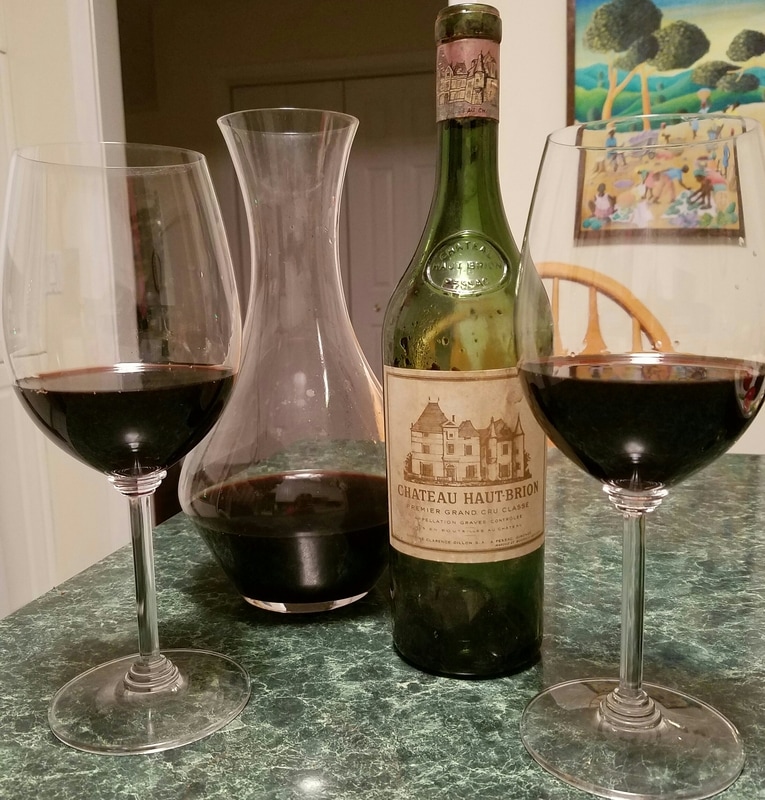

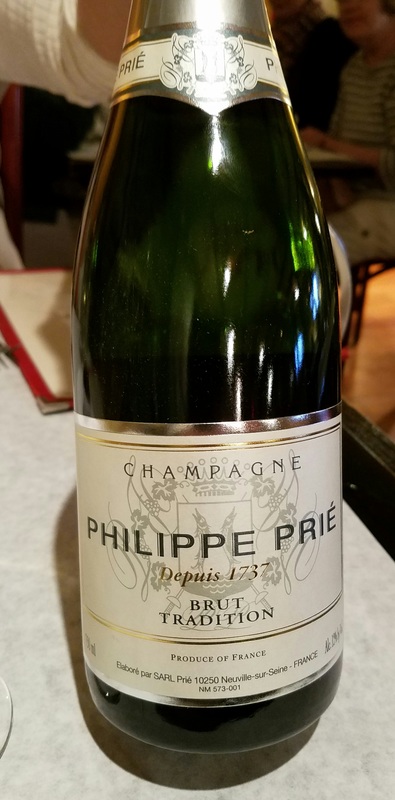
 RSS Feed
RSS Feed